
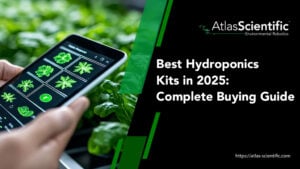
Best Hydroponics Kits in 2025 – A Complete Buying Guide
Hydroponics has revolutionized the way people grow food, offering soil-free methods that deliver nutrients directly to plant roots in water-based systems. But success in hydroponics
# Type at least 1 character to search # Hit enter to search or ESC to close

No products in the cart.

No products in the cart.
Product Categories
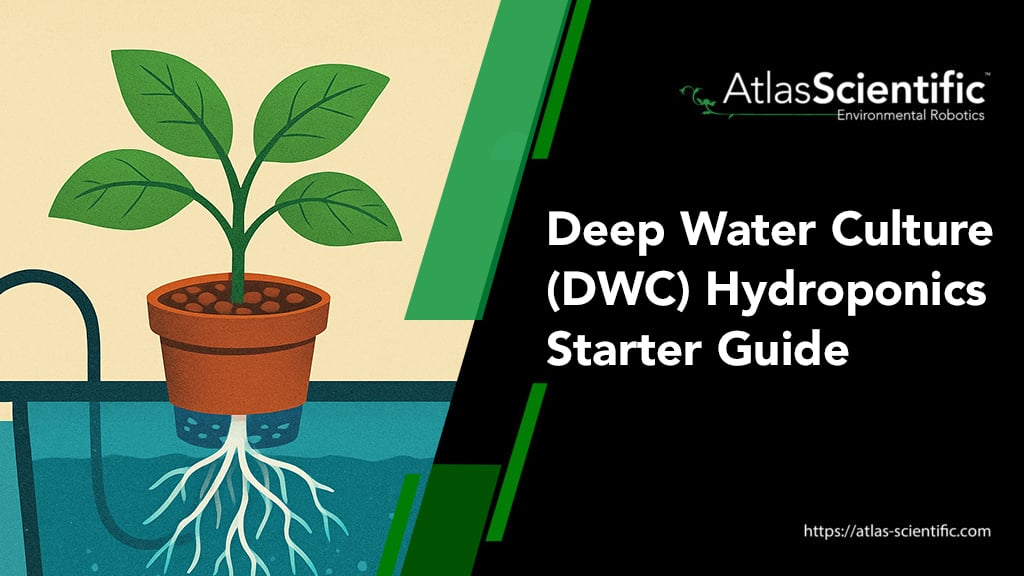
Deep Water Culture (DWC) is one of the most efficient and easiest ways to grow plants hydroponically. In systems such as DWC, plant roots are suspended in a liquid nutrient solution, which promotes incredibly fast growth rates and some of the highest yields of any growing method.
Whether you’re a hobbyist wanting to cultivate herbs in your kitchen or a commercial grower trying to maximize yield, DWC is an incredibly versatile and scalable method.
This starter guide will teach you everything you need to know about setting up, maintaining, and maximizing your DWC hydroponic system. We will discuss the science behind why DWC grows, a step-by-step on how to set everything up, the things you need to monitor, how to troubleshoot common problems, and some high-level growing techniques.
Deep Water Culture is a hydroponic method where plant roots are suspended in an oxygen-rich nutrient solution. Unlike other hydroponic techniques that rely on periodic flooding or misting, DWC maintains constant root contact with the nutrient solution, allowing for continuous nutrient uptake and remarkable growth rates.
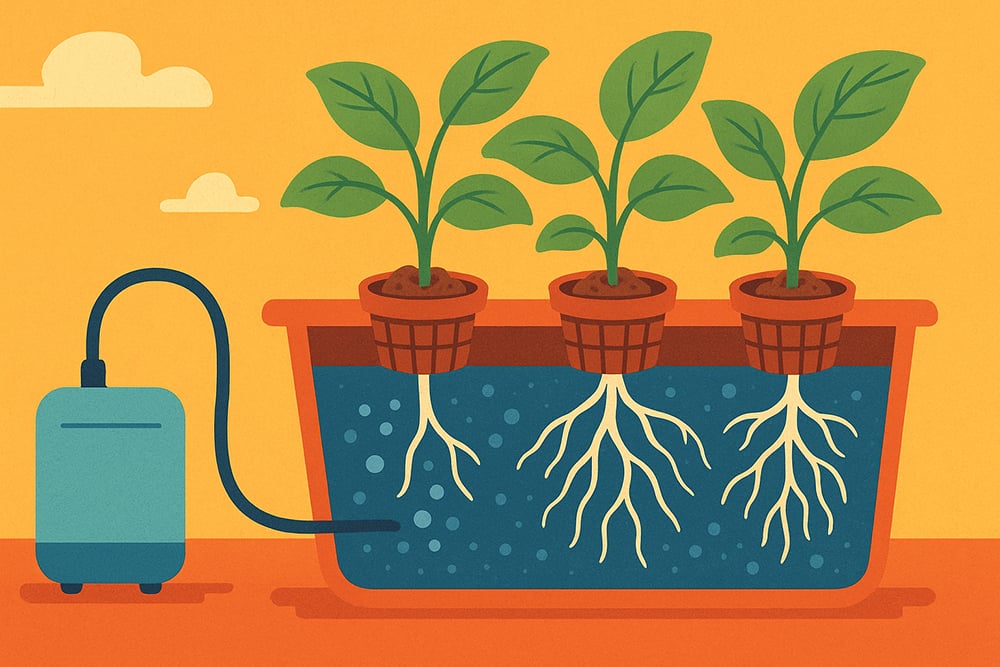
The exceptional performance of DWC systems is rooted in several key scientific principles. Optimal oxygen availability stands as the foundation of successful DWC growing, as plant roots require oxygen for respiration and nutrient uptake. In DWC systems, air pumps continuously oxygenate the nutrient solution, creating an ideal environment for root development and metabolic processes.
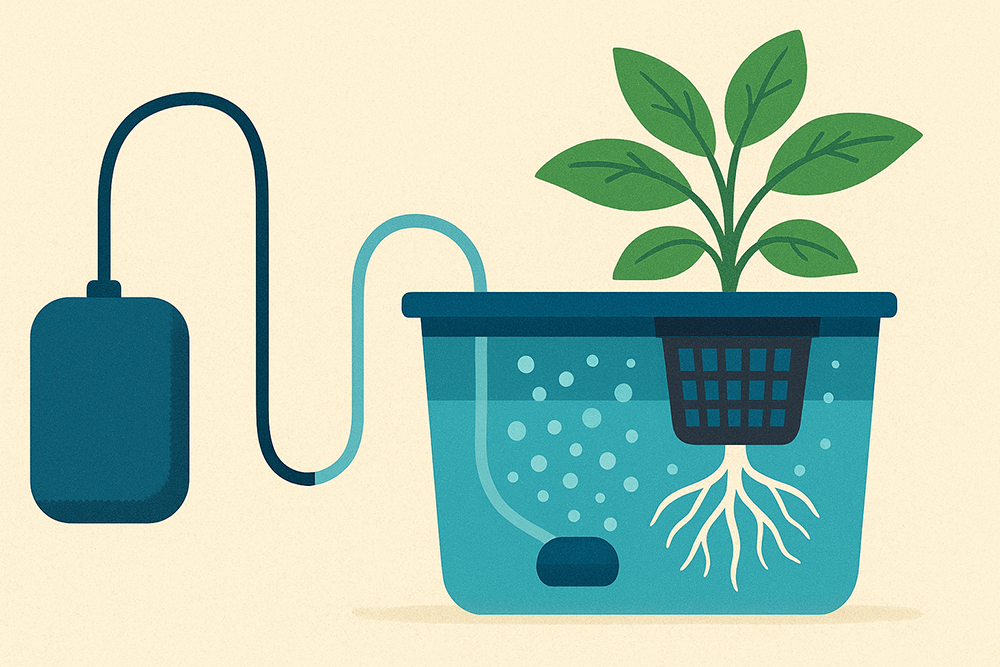
Direct nutrient access represents another crucial advantage of DWC systems. With roots directly immersed in the nutrient solution, plants have immediate access to water and essential minerals without expending energy to seek out these resources, as they would in soil. This efficiency translates into faster growth rates and healthier plant development.
Perfect hydration is maintained throughout the growing cycle, as DWC eliminates water stress by maintaining constant moisture levels. This allows plants to focus energy on growth rather than survival mechanisms. Additionally, the significant water volume in DWC systems creates thermal mass that helps buffer temperature fluctuations, creating a more stable growing environment that supports consistent plant performance.
While all DWC systems share the fundamental principle of suspending roots in a nutrient solution, several variations exist to meet different growing needs and scales.
Standard DWC systems feature individual plants in separate containers, making them ideal for beginners or those growing different plant varieties with varying nutrient requirements.
Recirculating DWC (RDWC) systems connect multiple containers that share a single nutrient reservoir, offering greater stability and easier maintenance for larger operations. The Kratky Method provides a non-circulating DWC approach that requires no electricity, making it perfect for off-grid growing or educational demonstrations.
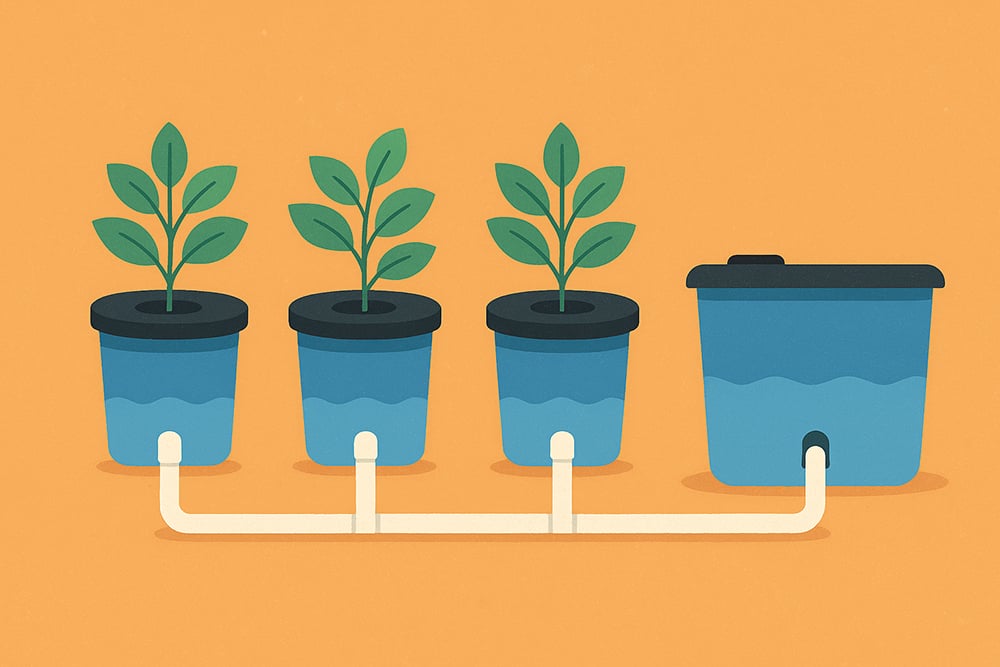
Bubble Buckets serve as standalone units that work exceptionally well for larger plants or small spaces where simplicity is key. For commercial operations, floating raft systems use floating platforms to support plants while maximizing growing density and operational efficiency.
Building a basic DWC system requires several key components that work together to create an optimal growing environment. The foundation begins with a reservoir, which should be a light-proof container capable of holding 3-5 gallons of nutrient solution for single plants. This reservoir serves as the heart of your system, housing the nutrient solution that will feed your plants throughout their growth cycle.
Net pots function as mesh containers that hold plants while allowing roots to grow freely into the solution below. These specialized containers provide structural support without restricting root development. The growing medium consists of inert materials like clay pellets, rockwool, or coconut coir that support seedlings during their initial development phases while remaining chemically neutral.
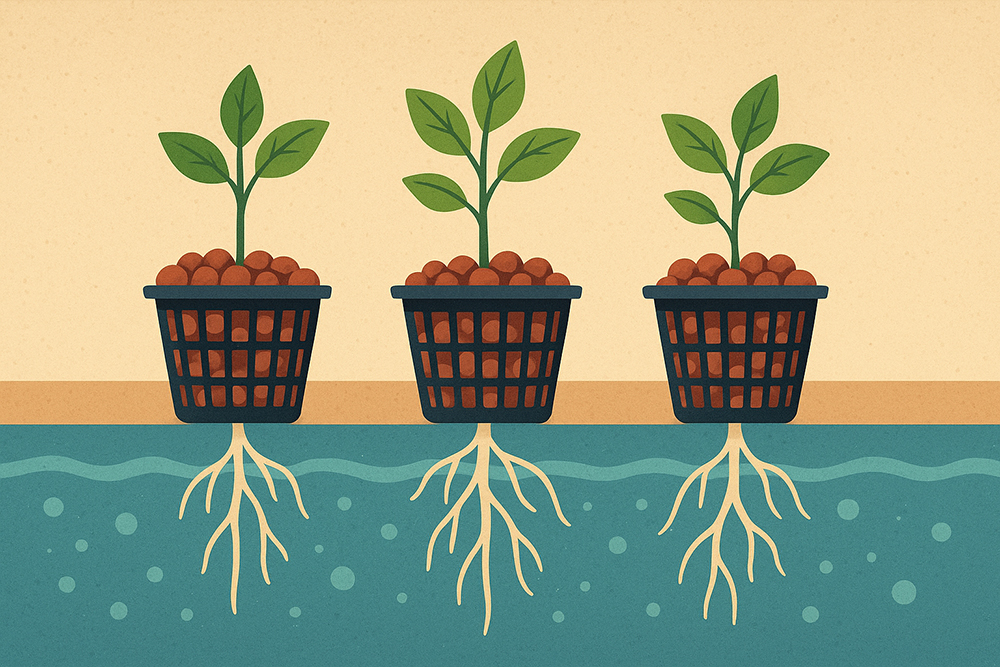
Proper aeration requires an air pump that provides essential oxygen to the nutrient solution, working in conjunction with air stones that diffuse air into small bubbles for efficient oxygenation. Air-line tubing connects these components, creating a complete aeration system that maintains dissolved oxygen levels critical for healthy root development.
The reservoir lid serves multiple purposes by supporting net pots and blocking light from entering the reservoir, preventing algae growth. Finally, a properly balanced nutrient solution containing both macro and micronutrients provides the foundation for exceptional plant growth and development.
Successful DWC cultivation depends on precise environmental control, making quality measurement tools essential investments for any serious grower. A reliable pH meter monitors and maintains optimal nutrient solution acidity, with most plants thriving in the 5.5-6.5 range. Understanding pH management is crucial because nutrient availability directly correlates with pH levels.
EC/TDS meters measure nutrient concentration in your solution, allowing you to adjust feeding strength based on plant growth stages and specific requirements. These measurements vary significantly depending on plant type and development phase, making accurate monitoring essential for optimal results.
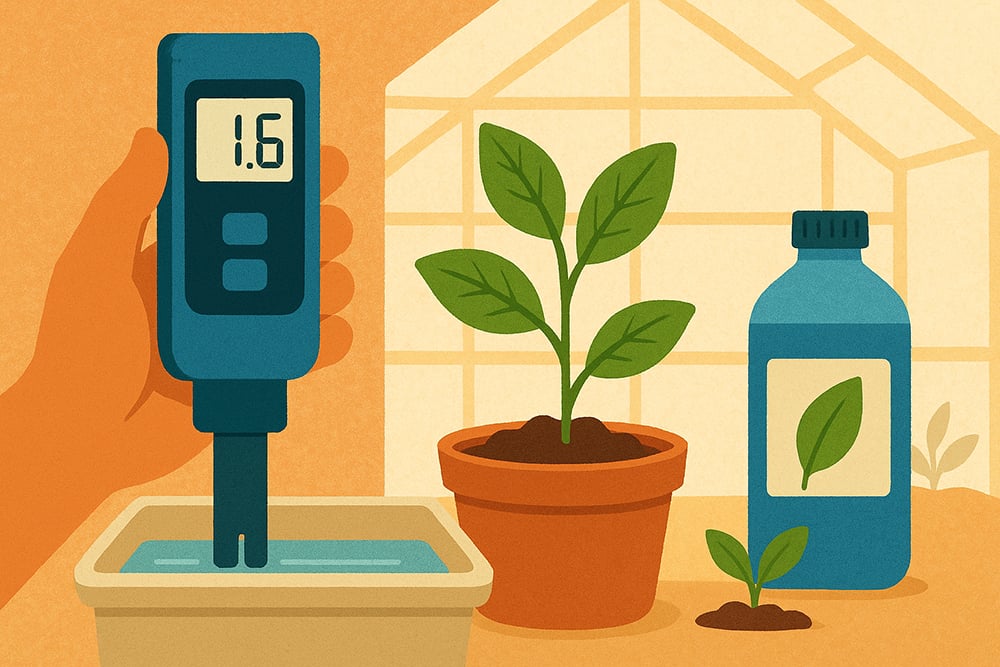
Temperature probes ensure your nutrient solution remains within the optimal range of 65-75°F (18-24°C), as temperature fluctuations can dramatically impact dissolved oxygen levels and root health. Some advanced growers also invest in dissolved oxygen meters, which provide valuable insights into aeration system performance and overall solution quality.
TOP TIP: Investing in high-quality, reliable monitoring equipment like Atlas Scientific’s pH probes and temperature sensors can dramatically improve system performance and reduce common problems.
Begin your DWC setup by selecting a food-grade container with appropriate capacity for your growing goals. Choose an opaque container or wrap it thoroughly to prevent light penetration, as light exposure can lead to algae growth and nutrient competition. Cut holes in the lid that are sized appropriately for your net pots, ensuring a snug fit that provides adequate support while allowing for plant growth.
Proper aeration forms the backbone of any successful DWC system. Place air stones strategically at the bottom of the reservoir to maximize oxygen distribution throughout the nutrient solution. Connect the air line tubing to the air stone and air pump, taking care to position the air pump above the water level to prevent backflow that could damage your equipment.
Different growing media require specific preparation techniques to ensure optimal performance. Clay pellets should be rinsed thoroughly to remove dust and debris that could cloud your nutrient solution.
Pre-soak rockwool cubes in pH-adjusted water (5.5-6.0) to condition them for plant use. Fill net pots with your chosen medium, ensuring adequate support while maintaining proper drainage.
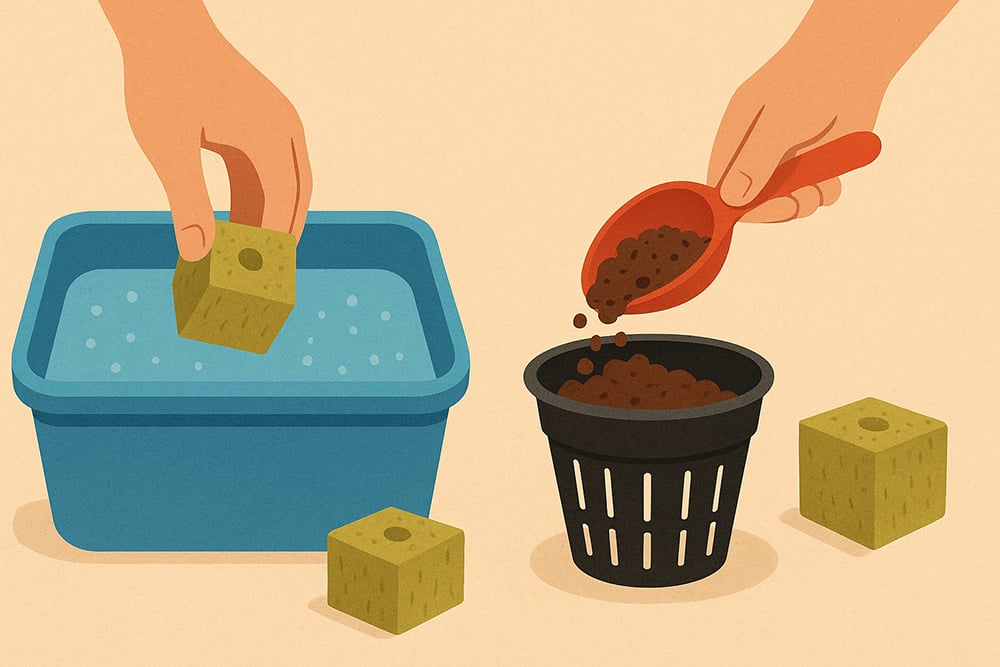
Creating the perfect nutrient solution requires attention to detail and quality water sources. Fill the reservoir with dechlorinated water, as chlorine can harm beneficial microorganisms and interfere with nutrient uptake. Add hydroponic nutrients according to the manufacturer’s instructions, then carefully adjust pH to appropriate levels (5.5-6.5 for most plants) using pH adjustment solutions.
Transfer your prepared seedlings to net pots, ensuring roots can reach into the nutrient solution for immediate access to water and nutrients. Position the air stone directly beneath the root zone to maximize oxygenation where it’s needed most. This placement encourages healthy root development and prevents anaerobic conditions.
Place pH and temperature probes strategically in the nutrient solution, positioning them away from direct air bubbling to ensure accurate readings. Set up a monitoring schedule or invest in an automated system that can track parameters continuously and alert you to changes that require attention.
In DWC systems, pH levels directly impact nutrient availability. When pH drifts outside the optimal range (typically 5.5-6.5), certain nutrients become chemically locked and unavailable to plants, regardless of their presence in the solution.
Using a reliable pH probe like Atlas Scientific’s pH sensors allows for real-time monitoring that can detect pH shifts before they affect plant health. This proactive approach enables precise adjustments based on actual data rather than guesswork, leading to consistently better results.
Advanced monitoring systems also enable trend analysis, helping growers identify patterns in pH fluctuation that can be addressed preemptively. For most leafy greens, maintaining pH between 5.8-6.2 maximizes nutrient availability, while fruiting plants often perform better in the 6.0-6.5 range. With continuous monitoring, growers can maintain these precise parameters consistently throughout the growing cycle.
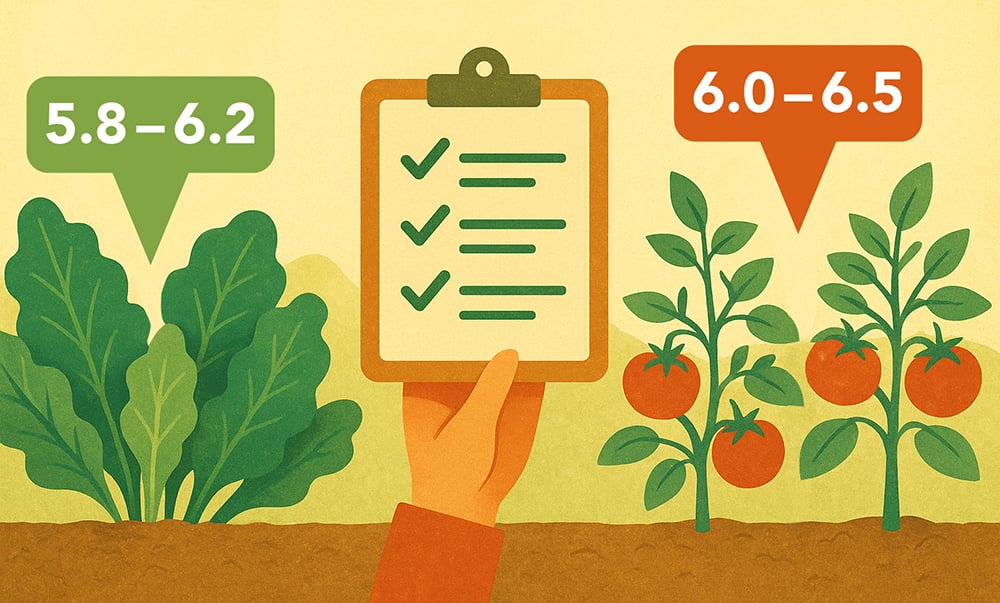
For most leafy greens, maintaining pH between 5.8-6.2 maximizes nutrient availability. Fruiting plants often perform better in the 6.0-6.5 range. With continuous monitoring, growers can maintain these precise parameters consistently.
Nutrient solution temperature dramatically affects dissolved oxygen levels, root health, and nutrient uptake rates. Using dedicated temperature probes provides several advantages:
By maintaining temperature in the optimal range, you can expect faster growth rates compared to systems with fluctuating temperatures.
Electrical conductivity (EC) or TDS measurements reveal the concentration of dissolved nutrients in your solution. Proper EC monitoring enables growth stage customization, allowing growers to adjust nutrient strength based on plant development needs.
Prevention of nutrient burn becomes straightforward when growers can identify dangerous concentration levels before damage occurs to plant tissues. Resource optimization follows naturally, as precise monitoring allows you to use exactly the amount of nutrients needed, reducing waste and improving cost-effectiveness.
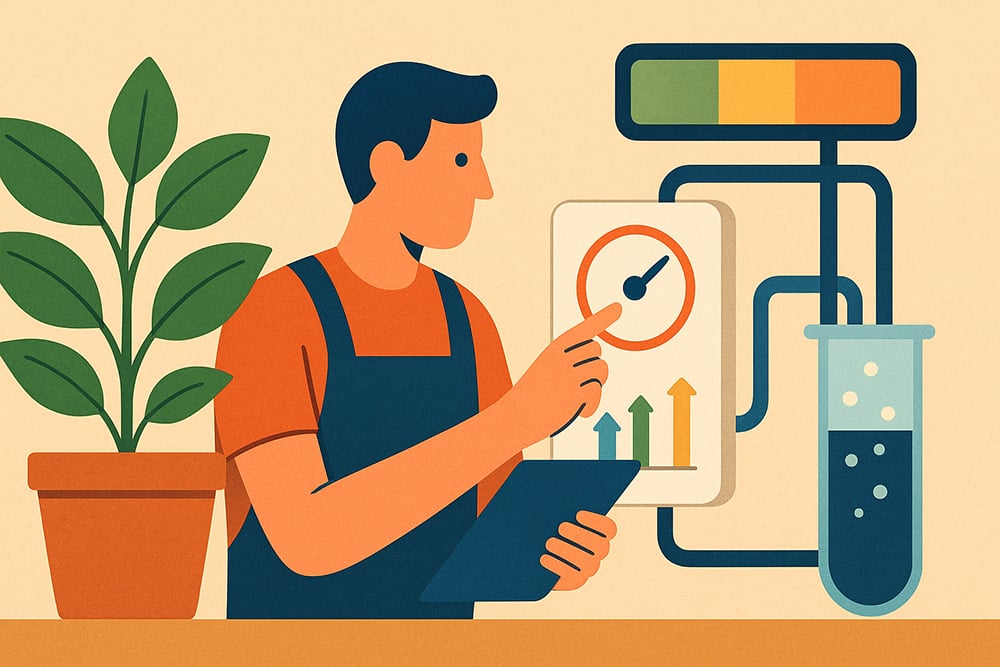
Understanding that seedlings generally thrive at lower EC levels (0.8-1.2 mS/cm) while mature plants may require higher concentrations (1.2-2.4 mS/cm, depending on species) allows for targeted nutrition that supports optimal growth throughout the entire crop cycle.
While most plants can be grown in DWC systems, some particularly excel in this environment:
Consistent maintenance ensures optimal system performance and prevents small issues from becoming major problems. Developing a regular maintenance schedule helps maintain system reliability and plant health.
Each day should include checking the water level and topping off as needed to maintain proper root zone hydration. Visual inspection of plants for signs of stress or nutrient deficiency provides early warning of potential issues before they become serious problems.
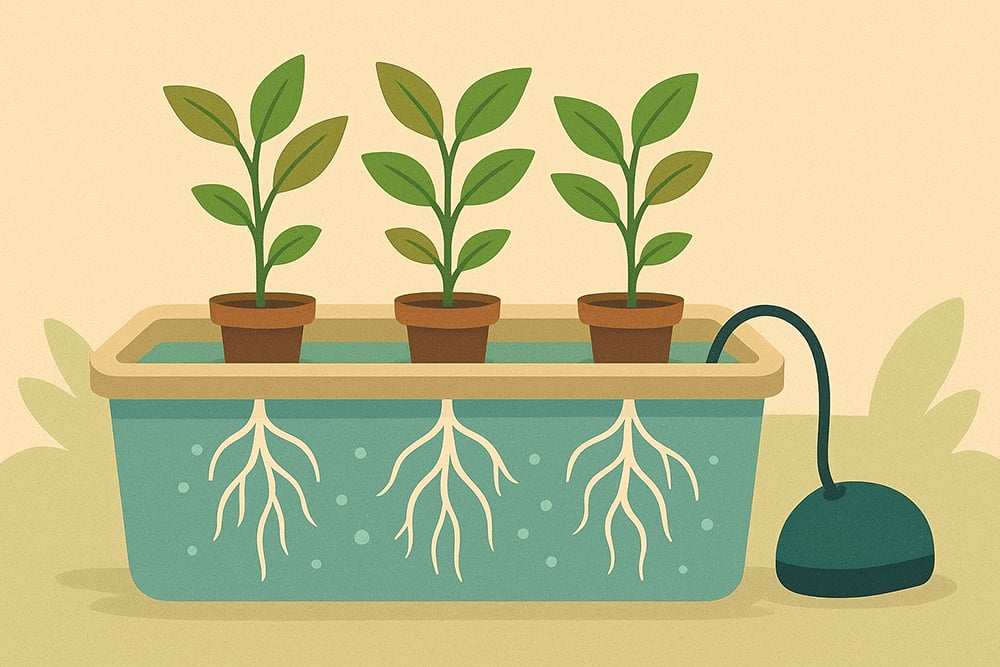
Verifying air pump operation and bubble distribution ensures that oxygenation remains consistent throughout the root zone. Monitoring reservoir temperature helps identify trends that might require system adjustments or environmental modifications.
Weekly maintenance focuses on testing and adjusting pH levels (5.5-6.5) to maintain optimal nutrient availability for your plants. Measuring EC/TDS and adjusting nutrient concentration based on plant needs and growth stages ensures proper nutrition throughout the growing cycle.
Cleaning any salt buildup on exposed equipment prevents system degradation and maintains proper function of critical components. Inspecting roots for color and health (healthy roots should appear white to cream-colored) provides valuable insights into overall plant condition and system performance.
Monthly maintenance includes complete nutrient solution changes that refresh the growing environment and prevent the accumulation of potentially harmful compounds. Cleaning the reservoir and all components thoroughly removes biofilm buildup and maintains system hygiene.
Calibrating pH and EC meters ensures continued accuracy of your monitoring equipment, while checking air pumps and stones for performance degradation helps prevent equipment failures that could damage your crops.
Summer conditions may require additional cooling measures to maintain optimal root zone temperatures, while winter conditions might necessitate insulation or heating elements to prevent temperature drops that could slow plant growth.
TOP TIP: You can use light cycle adjustments for photoperiod-sensitive plants.
When plants develop yellowing leaves, potential causes include nitrogen deficiency, pH imbalance, or insufficient light exposure. Solutions involve verifying pH range (5.5-6.5), checking EC levels to ensure adequate nutrition, and ensuring adequate lighting reaches all plant surfaces.
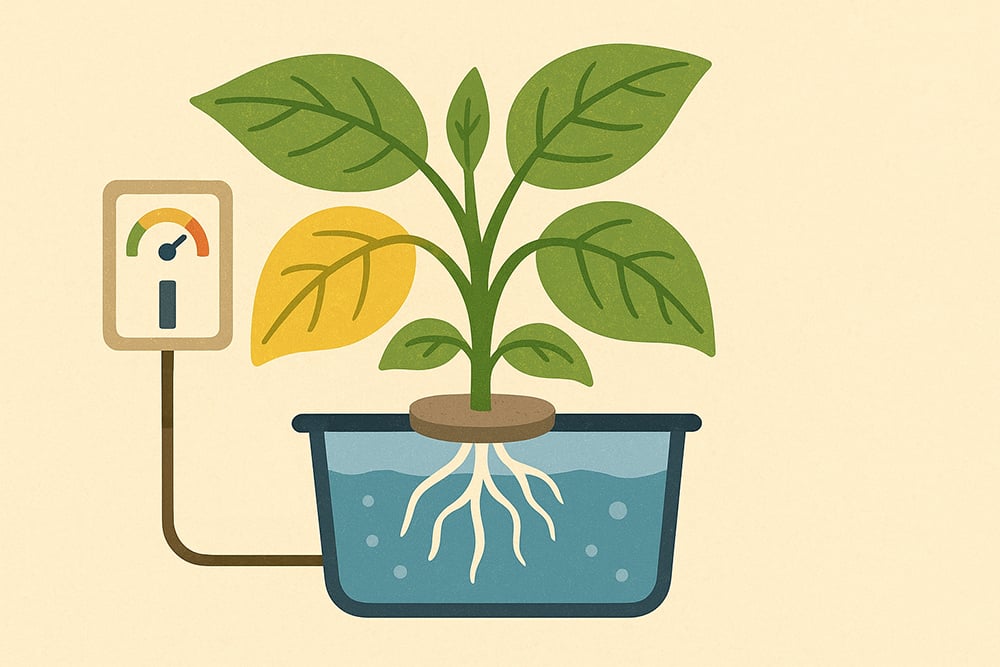
Root discoloration typically stems from root rot, insufficient oxygen, or light exposure to the nutrient solution. Solutions include increasing aeration to boost dissolved oxygen levels, verifying reservoir opacity to prevent light penetration, and considering the addition of beneficial microbes to suppress harmful pathogens.
Stunted plant growth usually results from nutrient imbalances, temperature issues, or insufficient oxygen in the root zone. Solutions involve verifying solution temperature remains between 65-75°F, checking dissolved oxygen levels through increased aeration, and adjusting nutrient formulations based on plant requirements.
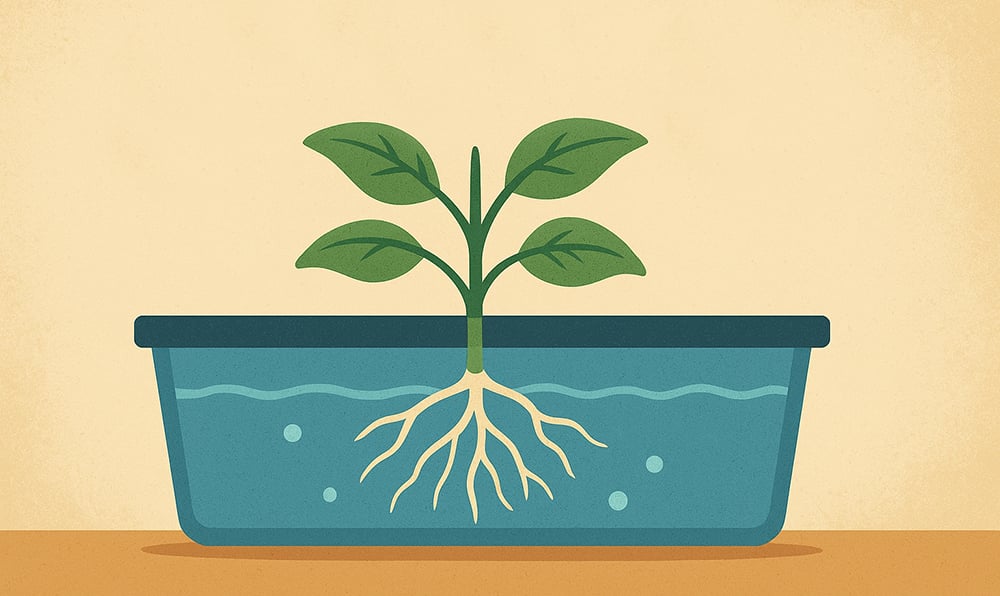
Nutrient burn manifests as browning leaf tips and typically results from excessive nutrient concentration in the solution. Solutions include reducing EC/TDS levels to appropriate ranges and performing partial solution changes to dilute nutrient concentrations.
Algae growth occurs when light exposure reaches the nutrient solution, creating conditions favorable for algae development. Solutions involve ensuring the reservoir remains completely light-proof and cleaning the system thoroughly to remove existing algae populations.
For those who are more experienced in the hydroponic field, you may want to dive into some more advanced techniques!
RDWC systems connect multiple DWC containers to a central reservoir, offering more stable parameters across multiple plants while reducing maintenance time for larger operations. The larger water volume provides better temperature stability and creates more consistent growing conditions throughout the system.
Introducing beneficial bacteria and fungi to your DWC system can suppress pathogenic organisms while enhancing nutrient availability for your plants. These microorganisms also improve root development and stress resistance, creating more robust plants capable of handling environmental fluctuations.
For serious growers operating in challenging climates, water chillers maintain optimal temperature ranges by preventing root zone overheating in warm conditions. This equipment supports the growth of temperature-sensitive crops while significantly reducing disease pressure throughout the growing season.
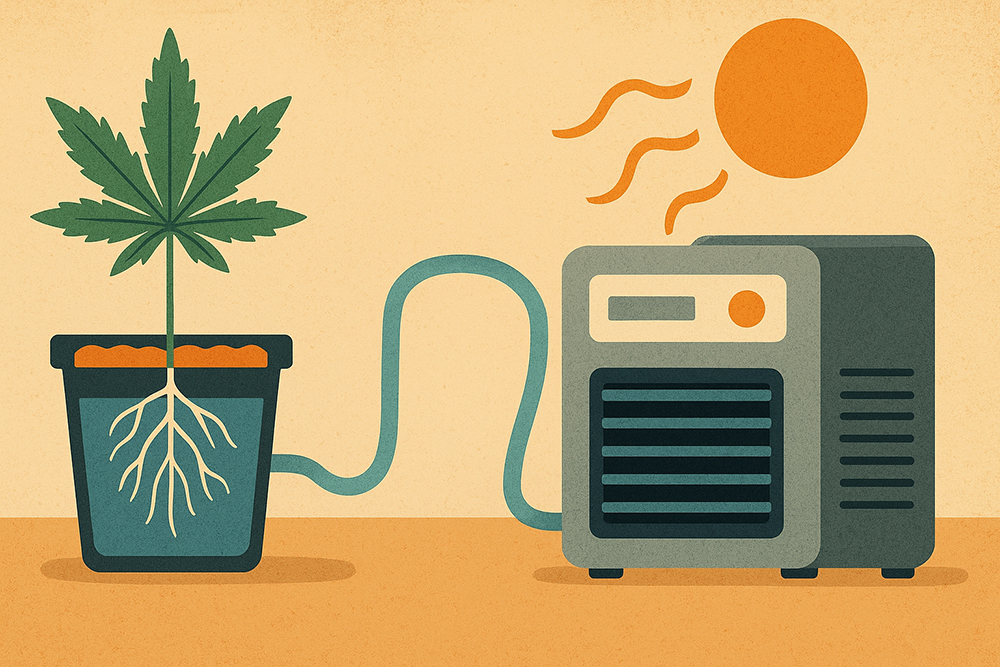
Implementing smart monitoring systems allows for 24/7 parameter tracking with automated adjustments to maintain optimal conditions consistently. These systems provide valuable data collection for system optimization while enabling remote monitoring and alerts that keep growers informed of system status.
Initial investment for a basic DWC system typically ranges from $100-300, while operating costs average $10-30 monthly for nutrients, electricity, and water. The potential yield increases of 30-50% compared to soil growing for most crops often justify these investments through improved productivity.
DWC systems maximize growth per square foot through efficient space utilization. Lettuce production can reach 9-12 heads per square meter, while herbs often produce 4-6 times the yield of soil growing. Tomato plants in well-managed DWC systems can produce up to 40 pounds per plant annually.
Compared to conventional growing methods, DWC systems use 90-95% less water through recirculation and precise delivery systems. Fertilizer consumption decreases by 60-70% due to targeted nutrient delivery, while pest management needs are significantly reduced through controlled growing environments.
Successful scaling begins with single-bucket systems that allow growers to learn fundamental principles before progressing to small RDWC systems supporting 4-8 plants. Commercial raft systems represent the next level for larger operations seeking maximum productivity.
Vertical integration can multiply growing area within existing spaces, though light distribution becomes critical in stacked systems. HVAC requirements increase proportionally with system density, requiring careful planning for larger installations.
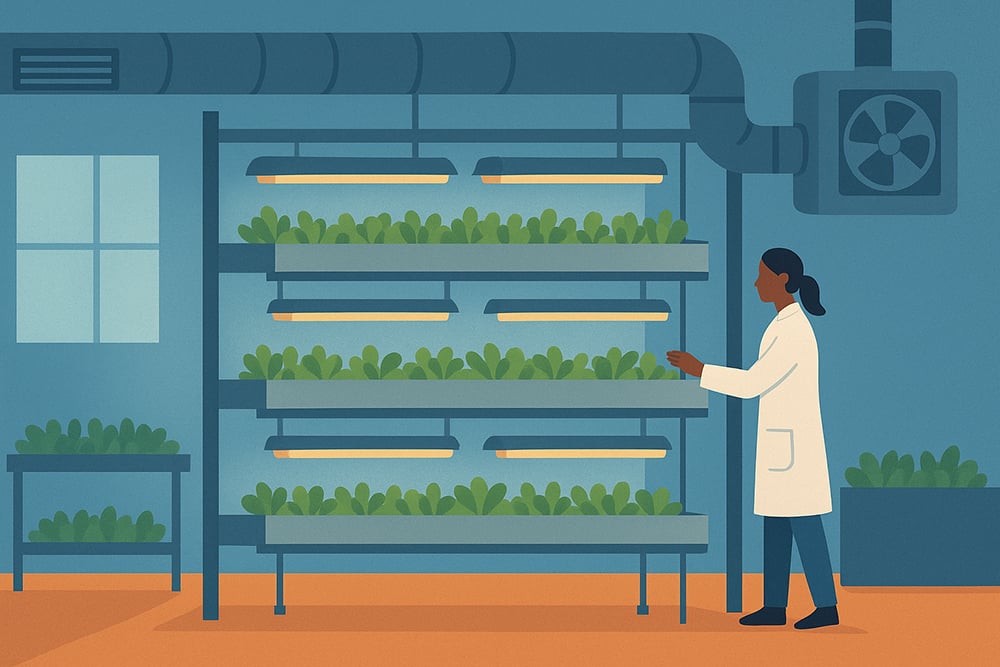
Efficient operations group plants with similar environmental and nutritional requirements while staggering planting schedules for continuous harvests. Implementing dedicated maintenance zones improves operational efficiency and reduces labor costs in larger systems.
Being a hydroponic grower doesn’t have to be a solo journey. There are many resources available for both hobbyist growers and commercial growers. Take a look at:
Deep Water Culture (DWC) represents an ideal entry point into hydroponics, offering the perfect balance of simplicity, efficiency, and productivity. By understanding the fundamental principles, investing in quality measurement tools, and maintaining consistent environmental conditions, even beginners can achieve impressive results.
Remember that the most successful DWC growers prioritize measurement and monitoring. Investing in quality tools from trusted manufacturers like Atlas Scientific ensures you have accurate, reliable data to make informed, growing decisions. With proper equipment and attention to detail, your DWC system will consistently produce healthy, abundant harvests with less water, space, and effort than conventional growing methods.

If you would like to learn more about hydroponics or speak to a member of the team about the wide range of hydroponic measuring tools we have to offer, do not hesitate to contact the world-class team at Atlas Scientific.
Happy growing!

Hydroponics has revolutionized the way people grow food, offering soil-free methods that deliver nutrients directly to plant roots in water-based systems. But success in hydroponics
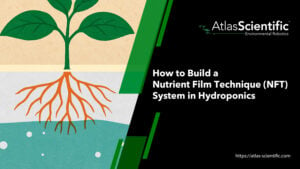
To make an NFT hydroponic system, put together sloped grow channels, a reservoir, a water pump, and net cups. Add a nutrient solution and make
Notifications